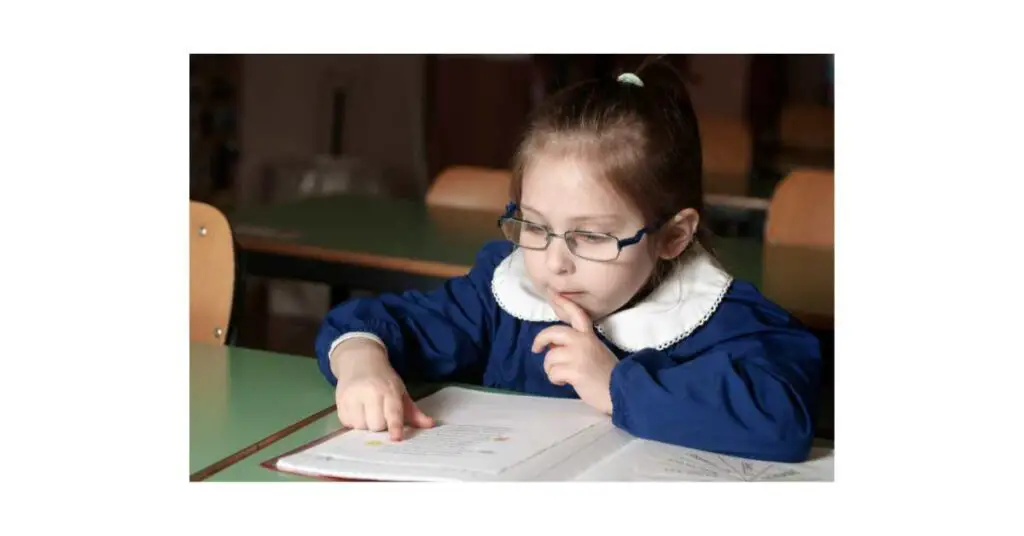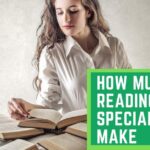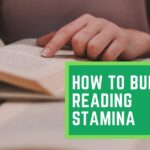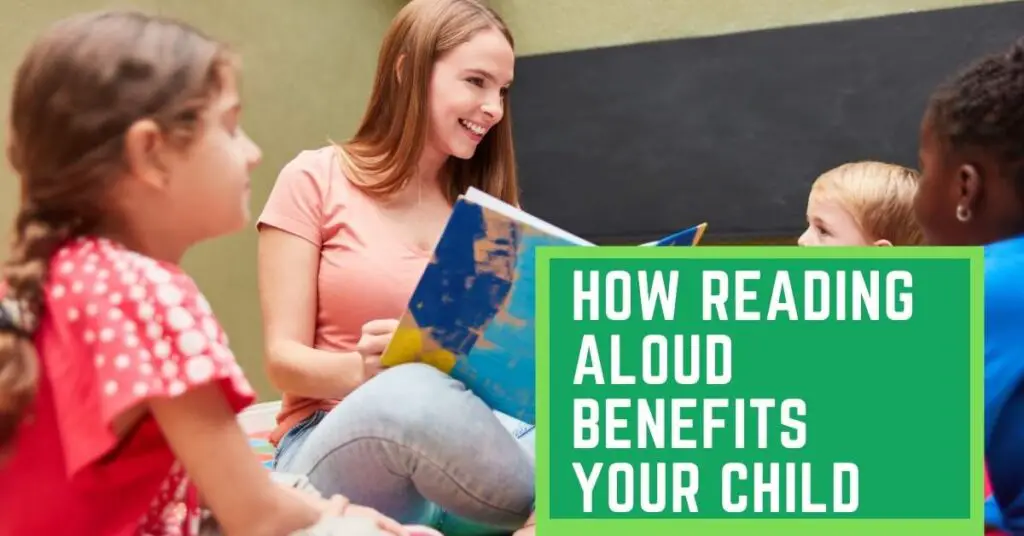The ability to read is essential for success in school and beyond. It’s important for parents and educators to recognize when a first grader should reach certain reading milestones. Research has shown that in order for students to maintain their academic progress, they need to be able to read at or above grade level by the end of first grade. Understanding what level a first grader should be reading can help ensure they are on track with their literacy development goals.
When it comes to determining the ideal reading level for a first grader, the Developmental Reading Assessment (DRA) can be used as a guide.
On average, most children in first grade should have mastered basic decoding and fluency skills and should be able to read with some comprehension at a Level 10 or higher on the DRA scale.
This means that they should be able to understand what they are reading, make predictions about what may happen next in the text, ask questions about their reading, and answer those questions correctly.

What is a reading level
A reading level is an indication of a student’s ability to read and comprehend a given text. It is measured using different assessment tools, such as the DRA or Lexile measure. Different scales are used for different age groups, so it’s important to make sure you’re using the right scale when evaluating a student’s reading level.
The most important thing to remember about first grade reading level expectations is that every child learns at their own pace. Some children may be able to read higher than expected, while others may take more time and need more support in order to reach the desired literacy goals.
It’s essential for parents and educators to work together to support each individual child and help them reach their full potential. Understanding the reading level expectations for first graders can help ensure that all students are setting themselves up for success.
What are the methods for determining a first-grader’s level?
There are several methods for determining a first grader’s reading level, including Reading Recovery, Developmental Reading Assessment (DRA), Fountas & Pinnell, and Lexile measure.
Reading Recovery is an intensive intervention program that helps young children make rapid progress in developing literacy skills. It uses one-on-one instruction tailored to the individual needs of each student and can be used to accurately determine a child’s current reading level.
The DRA is a standardized assessment tool that measures word recognition, comprehension, and fluency in relation to grade level expectations. It consists of five levels from A to E and provides detailed information about each student’s strengths and weaknesses.
Fountas & Pinnell is an assessment that uses leveled books to assess a student’s reading ability. The results of this assessment can provide guidance on which book levels are most appropriate for the student and help identify any gaps in their literacy skills.
Finally, the Lexile measure assesses both a student’s reading ability and text complexity. It combines the two variables into one measurement that indicates the level at which a particular reader will be able to understand a particular text.
Each of these methods provides detailed information about a first grader’s current reading level, making it easier to determine whether they need extra support or if they are meeting grade level expectations.
Reading Level co-relation chart

Why it’s crucial to identify the reading level of a first grader.
It’s important to accurately identify the reading level of a first grader in order to ensure that they are on track with their literacy development goals. Knowing a student’s current reading level can help educators provide appropriate instruction and intervention, as well as allow parents to better support their child at home.
Identifying a student’s reading level early on can also help prevent future literacy issues such as difficulty understanding complex texts or struggling with comprehension skills.
Finally, understanding the ideal reading level for first graders is key to helping them reach their full potential as readers and learners. Establishing strong foundations in literacy skills now will pave the way for successful academic performance later in life.
What can parents do if their first-grader is reading below grade level?
If a first grader is reading below grade level, it is important to address the issue and provide extra support. Parents can start by talking with their child’s teacher and asking for advice on ways to help their child improve their literacy skills.
Parents can also take advantage of available resources, such as tutoring or educational apps that can help teach children the basics of reading. The key is to make sure that any additional instruction is individualized and tailored to your child’s specific needs.
Finally, parents should make time to read with their child every day. Reading together provides an opportunity for quality time while also helping develop important literacy skills. It’s important to choose books that are at the right level for your child. Start with easy texts and slowly increase the difficulty level as their skills improve.
By taking a proactive approach and providing extra support, parents can help their first grader become an independent, successful reader.
How to make sure your first-grader is reading at grade level or above?
The best way to make sure your first grader is reading at grade level or above is to use a combination of assessments and instruction. Start by having your child take a standardized assessment such as the DRA or Fountas & Pinnell to determine his/her current reading level.
Once you know where they stand, focus on providing additional instruction that will help them close any gaps in their literacy skills. This can include one-on-one tutoring, assisting with homework, or taking advantage of available educational apps and websites. It’s also important to make time for daily reading – find books that are at the right level for your child and gradually increase the difficulty as they improve.
With this combination of assessment, instruction and practice, your first grader can become a confident reader who is meeting or exceeding grade level expectations.
Additionally, To ensure that your first grader is reading at grade level or above, it’s important to regularly monitor their progress. Check in with the teacher to see how they are doing in class, and use assessment tools such as DRA and Fountas & Pinnell to get an accurate picture of their literacy skills.
It’s also important to make sure your child is being challenged and has access to books that are at the right level. Ask their teacher for recommendations, or look up books that match your child’s reading level.
Finally, parents can help build better literacy skills by providing extra support and encouragement at home. Make sure to read with your child every day and encourage them to explore different genres of literature. It also helps to provide access to interesting activities such as visiting public libraries and attending book clubs.
By taking an active role in helping your first grader become a successful reader, you can ensure they reach their full potential in the classroom and beyond.
What books are appropriate for first graders according to the standard reading level?
When selecting books for first graders, it is important to make sure they are at the right reading level. Generally speaking, first graders should be reading books that have a Lexile measure of 400-600 and use simple sentence structure with limited vocabulary.
Some examples of appropriate books for first graders include:
– Pete the Cat: I Love My White Shoes by Eric Litwin
– Llama Llama Red Pajama by Anna Dewdney
– The Very Hungry Caterpillar by Eric Carle
– Where the Wild Things Are by Maurice Sendak
– Amelia Bedelia by Peggy Parish
– Biscuit Finds a Friend by Alyssa Satin Capucilli
These types of books provide an enjoyable way for first graders to sharpen their literacy skills and build a love of reading. It is important to note that the appropriate level of book may vary from child to child, so parents should adjust their selection according to make sure your first grader is reading at grade level or above is by using a combination of assessments and instruction.
Start by having your child take a standardized assessment such as the DRA or Fountas & Pinnell to determine his/her current reading level. Once you know where they stand, focus on providing additional instruction that will help them close any gaps in their literacy skills. This can include one-on-one tutoring, assisting with homework, or taking advantage of available educational apps and websites.
It’s also important to make time for daily reading – find books that are at the right level for your child and gradually increase the difficulty as they improve. With this combination of assessment, instruction and practice, your first grader can become a confident reader who is meeting or exceeding grade level expectations.
Conclusion.
Reading is an essential skill that all first graders should be able to master in order to succeed in school. To ensure that your first grader is reading at grade level or above, it’s important to regularly monitor their progress and provide additional instruction where needed. Additionally, it helps to select books that are appropriate for their level and make time for daily reading practice. By taking an active role in helping your first grader become a successful reader, you can ensure they reach their full potential in the classroom and beyond.










